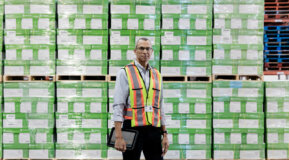
Organizations have struggled to develop innovative technologies that are environmentally friendly and do little harm to the world. Sustainability is another challenge that leaders have strived to solve. Since the pandemic, NaaS solutions are growing quickly due to the need for a hybrid workforce, the demand for CapEx during off-budget cycles and the shortage of employees with a networking skill set.
Experienced NaaS vendors draw upon their depth and breadth of product and solution knowledge to provide the ideal network configuration. This in turn can reduce a company’s carbon footprint by optimizing energy consumption. To further reduce the carbon footprint, these vendors are sourcing electricity from renewables and utilizing Artificial Intelligence (AI)/Machine Learning (ML)-based models to optimize power consumption. Like their customers, critical NaaS players such as HPE GreenLake for Networking are proactively working towards their climate and sustainability goals.
- 55% of total electricity consumption in operations is sourced from renewables
- 55% reduction in operational greenhouse emissions from 2016 levels
- 30x increase in the energy performance of its product portfolio, from 2016 baseline
Eighty two percent of organizations recognize the importance of IT asset disposition (ITAD), e-waste Management services and sustainability goals. Secure asset decommissioning reduces the risk of financial penalties and data breaches and helps meet sustainability goals. Beyond regulatory and financial penalty concerns, disposal efforts are also a burden for IT staff. Deploying a NaaS offering can also help reduce these issues.
An IDC InfoBrief (1), underscores the importance of this topic: 77% of respondents agree ITAD services are an essential element of a NaaS offer.
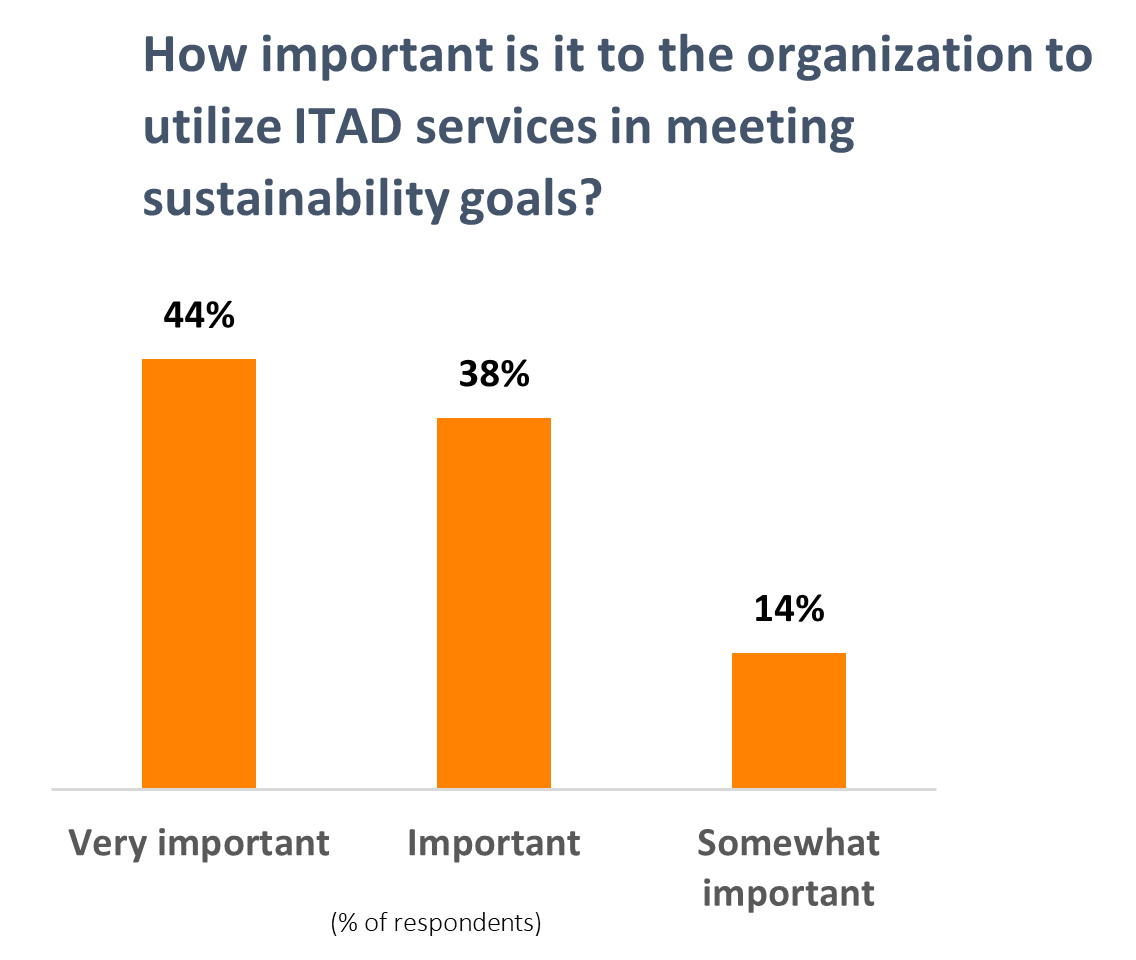

ITAD is a fundamental element of NaaS. By removing this burden from the IT staff, it provides significant benefits over a purchase or lease. Additionally, as sustainability requirements increase, IT organizations will rely on vendor partners to provide them with key metrics for sustainability and environmental reporting such as power usage, carbon emissions, and end-of-life disposal metrics (recycle, refurbish, or disposal).
The importance of sustainability can be observed in the rise of hiring chief sustainability officers (CSO) among the Fortune 500 companies. According to the latest report from CSO recruitment firm the Weinreb Group, the demand for CSOs grew 228% in corporate America between 2011 and 2021.

NaaS, Sustainability and the Circular Economy
The Circular Economy (3) remains a primary focus for organizations wanting to accelerate their sustainability efforts. There are benefits that go beyond just “doing the right thing” for the environment. Examples include a positive influence on corporate brand and reputation.
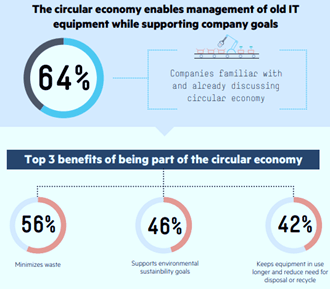
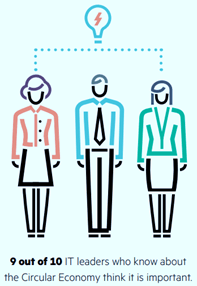
(3) The circular economy is a model of production and consumption, which involves sharing, leasing, reusing, repairing, refurbishing, and recycling existing materials and products as long as possible. In this way, the life cycle of products is extended. In practice, it implies reducing waste to a minimum.
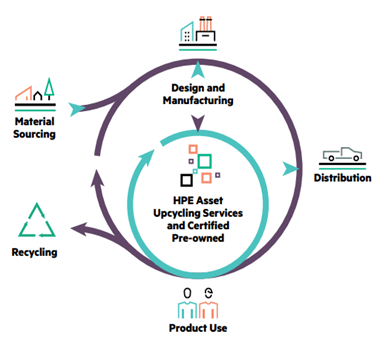
Moreover, with innovation pressures rising, IT budgets barely expanding, and reduced technology lifecycles, IT organizations can add value back to their business through the Circular Economy. For example, upcycling and remarketing idle equipment can give functional assets a second useful life, and in turn provide money back to the business. Choosing pre-owned equipment where appropriate can help expand budget for innovation projects where new technology is absolutely required. These are a few examples of how IT organizations can act in line with the Circular Economy to gain both environmental and economic benefits. HPE GreenLake for Networking, powered by HPE Financial Services, helps customers take advantage of both upcycle and recycle benefits.
To learn more about HPE GreenLake for Networking, go to www.arubanetworks.com/naas and HPE Financial Services Circular Economy.
Related Resources
- The future is flexible. The future is NaaS.
- NaaS explained
- What are the benefits of NaaS?
- Demand for NaaS Accelerates, Driven by Shorter Planning Cycles and Network Management Concerns
Notes
- The IDC InfoBrief, sponsored by HPE GreenLake for Networking, Network as a Service: State of the Market, Doc #US48894322, March 2022
- The Chief Sustainability Officer 10 Years Later -Weinreb Group, 2021
- The future of the Chief Sustainability Officer-Deloitte, Feb 2021
- The Circular Economy in IT by HPEFS
